Chloë Smith, GiGL Partnership Manager
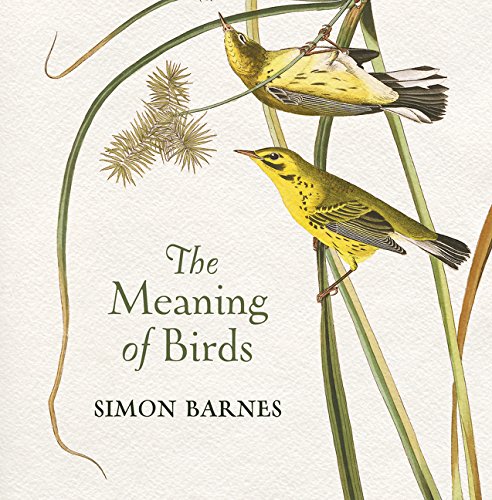
I loved this book. So often did I quote it in the office, they asked me to write a review. Written with a warm affection for our avian friends, it reminds you of all the reasons you too love birds, and puts dozens of familiar and new facts at the forefront of your mind. Barnes is a birder and a story teller, and this book is an entertaining reminder of why observing and interacting with birds is such an important and enduring part of human experience.
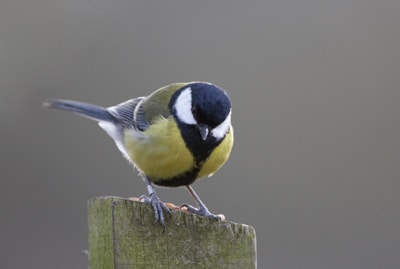
The GiGL database has 27,373 great tit records (C) Jason Gallier
As I write, we are daily reminded of the longed-for return of spring by the increase in bird song. Barnes describes the slow but deliberate build-up of song at this time of year as the winter “dies the death of a thousand songs”. The great tit is described as the first British bird to herald this change, piercing the cold late winter days with its “loud, confident, even defiant, two-syllable call…teacher-teacher-teacher!”.
To birds, spring territorial singing is a matter of life and death, part of their strategy to “become an ancestor”; the book examines this, but also how to our human ears the birds’ song becomes a sure signal of change in the season, and a sign of hope and cheer. The book examines many such moments of bird behaviour and human interaction from biological, evolutionary and cultural perspectives in an entertaining and witty way.
The discussions of British birds will, I think, appeal to those who watch birds frequently, or casually, in London. Bird records represent 46% of GiGL’s database, which is disproportionately high compared with other taxa. There is a similar pattern across most Local Environmental Records Centres. Birds are popular. Surely one of the reasons is their presence and prominence in the places we spend time. Barnes asserts that “Birds, more than any other living things, define the place they live in for the human observer.” Imagine the docks or tidal Thames of London and in your mind you probably hear the cry of gulls; the capital’s suburban gardens evoke the cascading ripple of the chaffinch song or the beautiful melody of the blackbird; city canals make us think of the barking honk of coots; large parks perhaps draw to mind the shrill shreech overhead of ring-necked parakeets.
The birds we see here are also attractive. Some of the most beautiful, Barnes argues, are in fact the most overlooked due to their commonness. He describes the “luxuriance of colour and design” shown off by the wood pigeon, the “audacious combination of…powder-blue head and nape…rich, deep pink of the face and tum” of the male chaffinch and the “riot of colour, wildlife over the top” displayed by the male mallard. These are three of the most frequently seen birds in Britain and Europe. There are 21,590 records of chaffinch in the GiGL database, 35,666 of woodpigeon and 39,045 of mallard ducks.
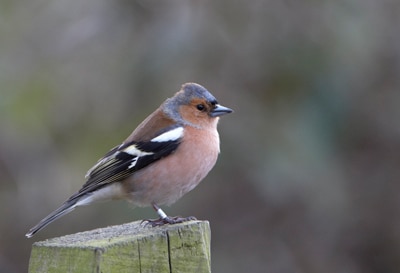
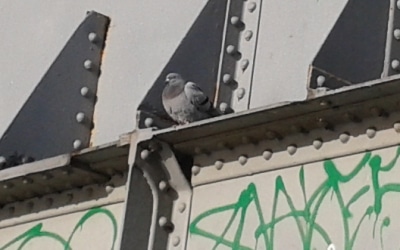
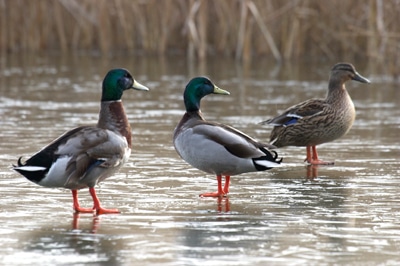
Pigeons appear again in an interesting chapter exploring the symbology of birds. Barnes discusses doves and eagles as good and prominent exemplars of the “shape-shifting ambiguities” of birds as symbols. It’s fascinating to reflect on the selective identification of birds as either doves or pigeons depending largely on how much we like and revere them; the “white dove that we love is the same bird that scavenges for chips outside McDonald’s at Liverpool Street Station”, the feral pigeon, descendant of the rock dove. Interestingly GiGL has 16,059 records of feral pigeons (or rock dove) in the database, but the number could be much higher as most of us probably encounter at least one pigeon every day.
Eagles, we’re more likely to see on a stone plinth in London. Though rarities and escapees do show up from time to time. There have been seven white-tailed eagle sightings from the Kent area, seen being chased by herring gulls; there’s a record of a bald eagle from 1999 in Croydon (seen by a LNHS recorder); and a golden eagle was recorded by Orpington Field Club in 1984. The eagle is an unmistakable symbol of power and might. Barnes illustrates this with multiple examples, speculating the eagle was perhaps the first ‘logo’ as used by the Roman Empire as a standard symbol for the legions, senate and Roman people. Barnes says that Britain was historically more into Lions than Eagles. We’re also quite into dragons. Look out for an upcoming project we’re helping with spotting those heraldic creatures across London!
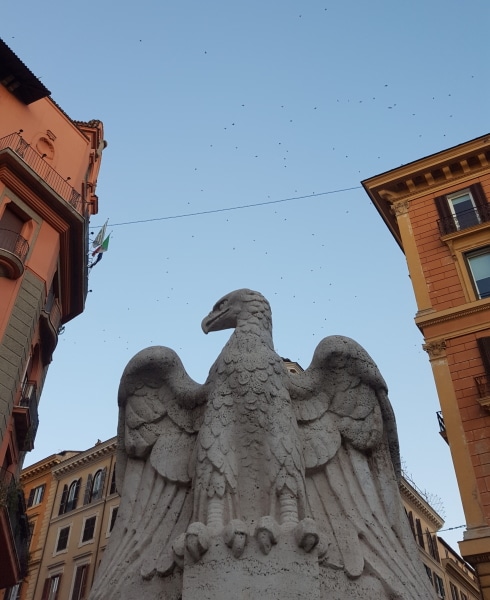
Barnes is a great proponent of bird watching in whatever form or shape you like to enjoy it. He notes that the data collected by birders is used for science, including data shared with BTO that can “tell us surprising and often disquieting things about the numbers of birds we have”. But he also advocates that a “bad birdwatcher” can have “a great day out and tell nobody at all about it apart from a few friends”. Well, at GiGL of course we’d love it if you’d tell us, be your sightings tentative or sure, of common birds or unusual – and our community team are always supportive of new ways you can do this! Maybe you can improve our understanding of where London’s birds live and breed, when they arrive as migrant species, or how they use different habitats. But whoever you tell, we agree that “birdwatching can be enjoyed by all, in many different ways”.
